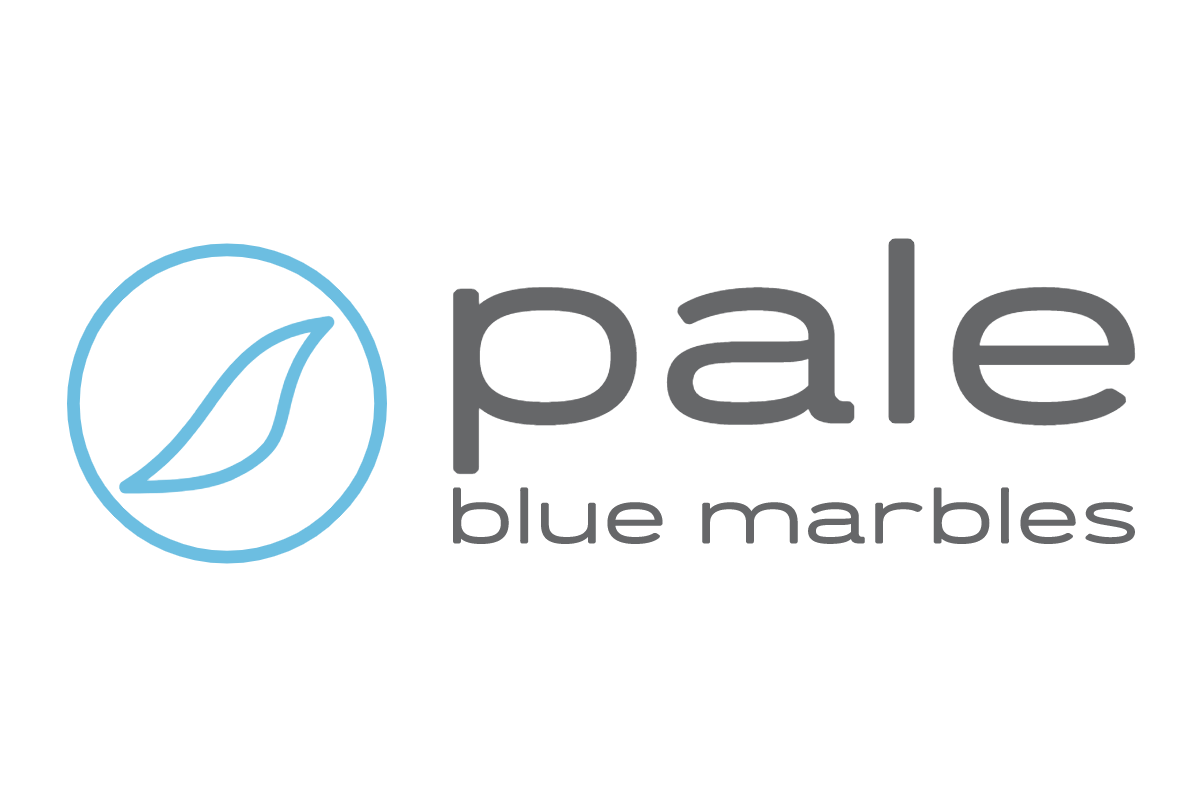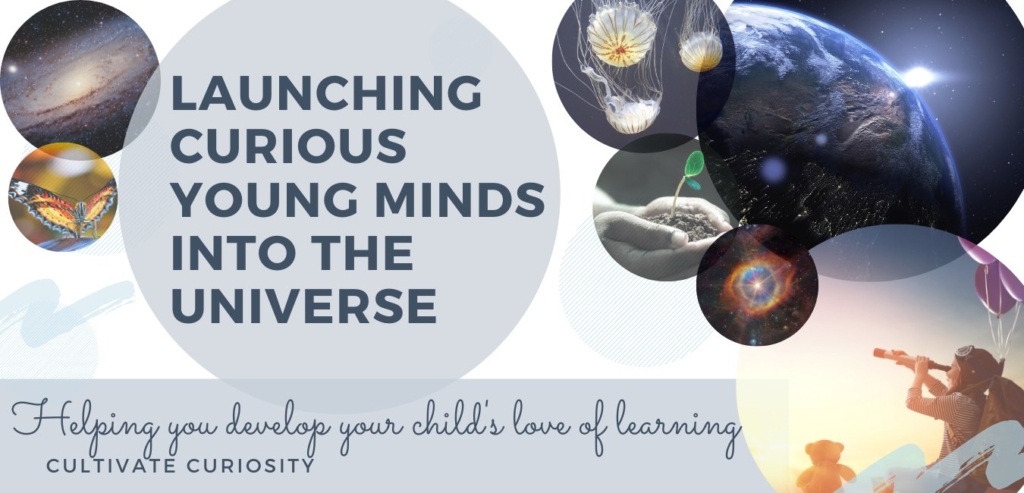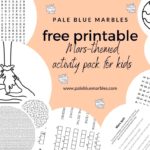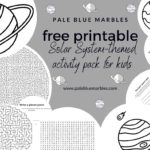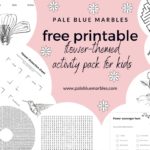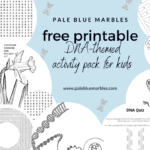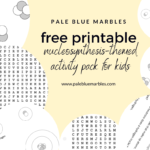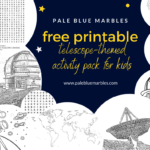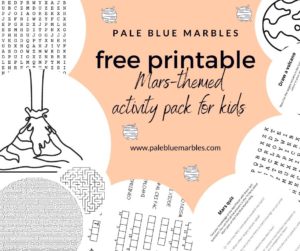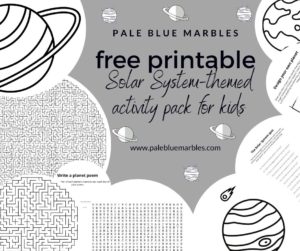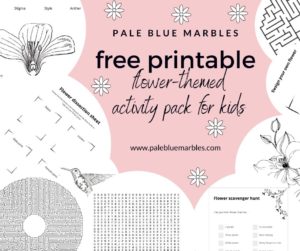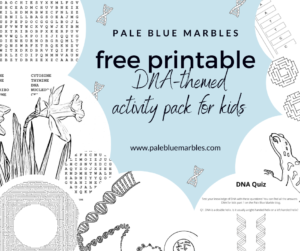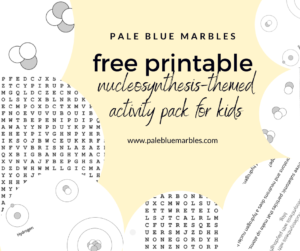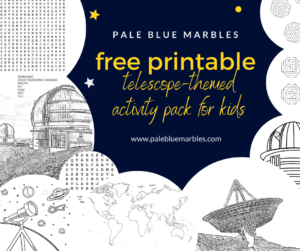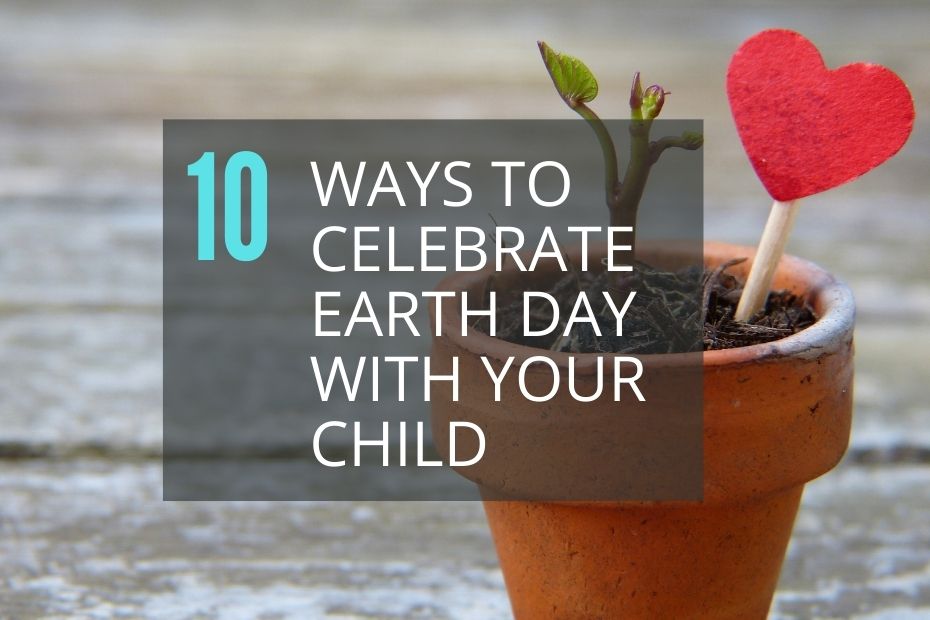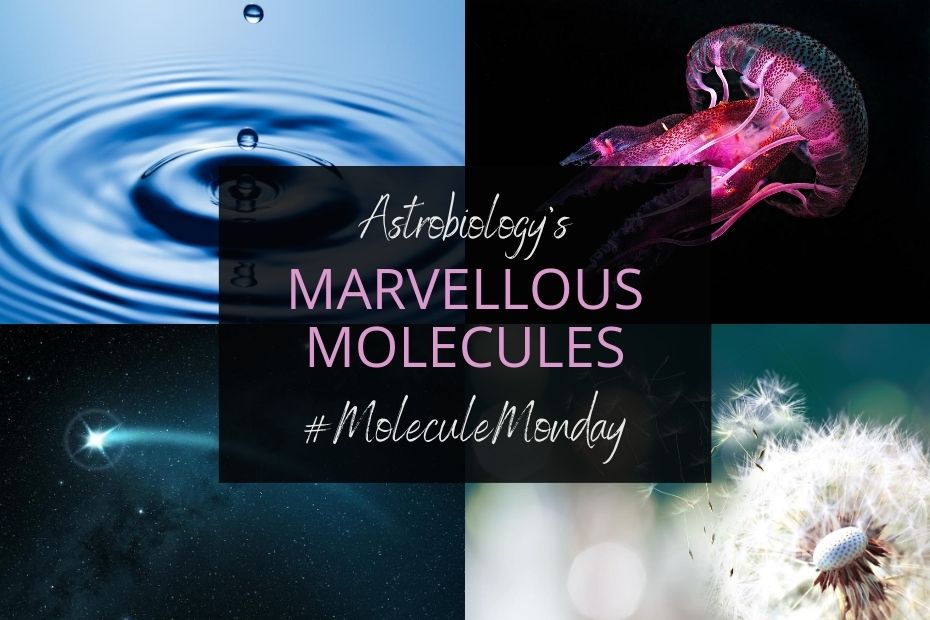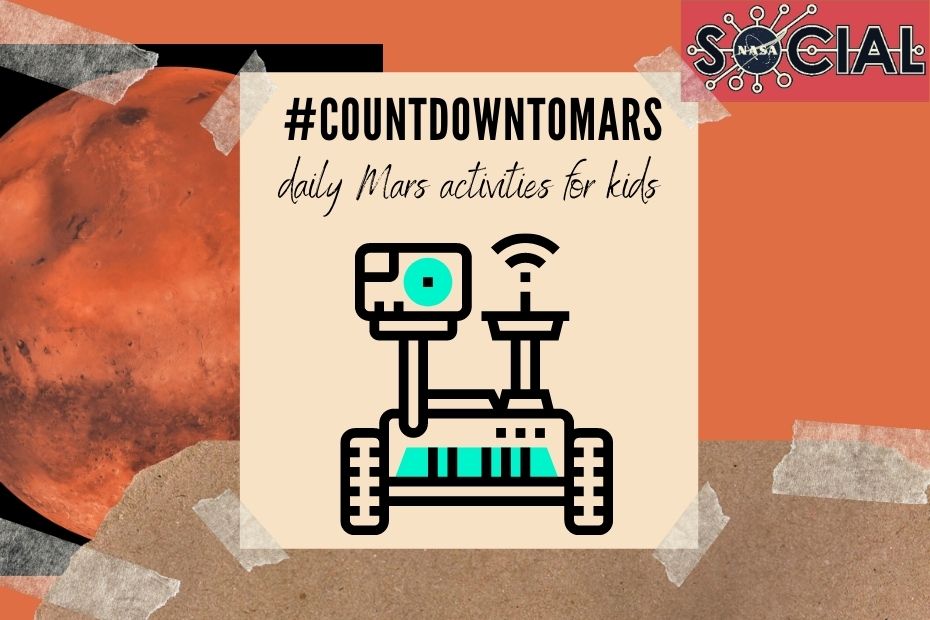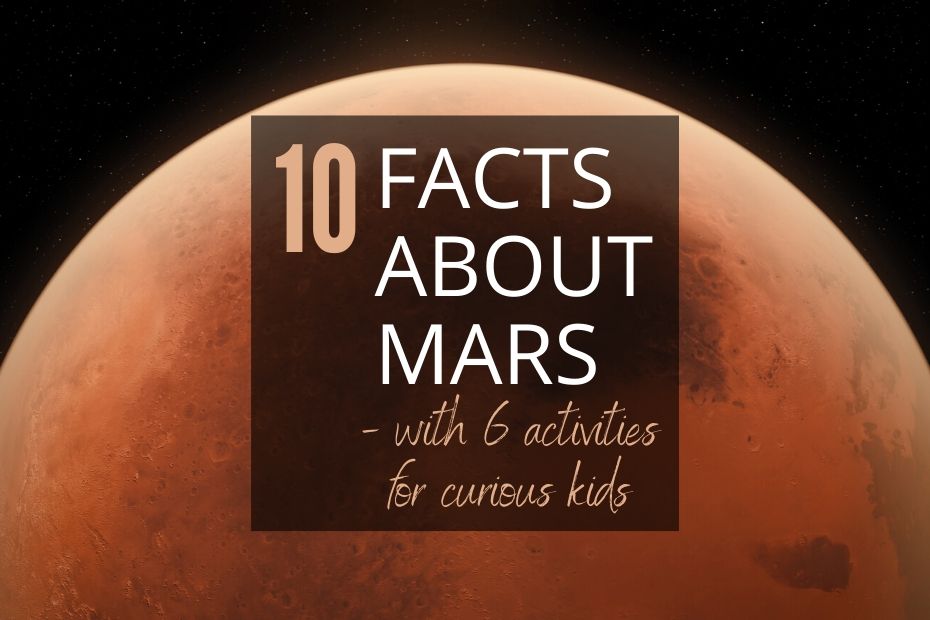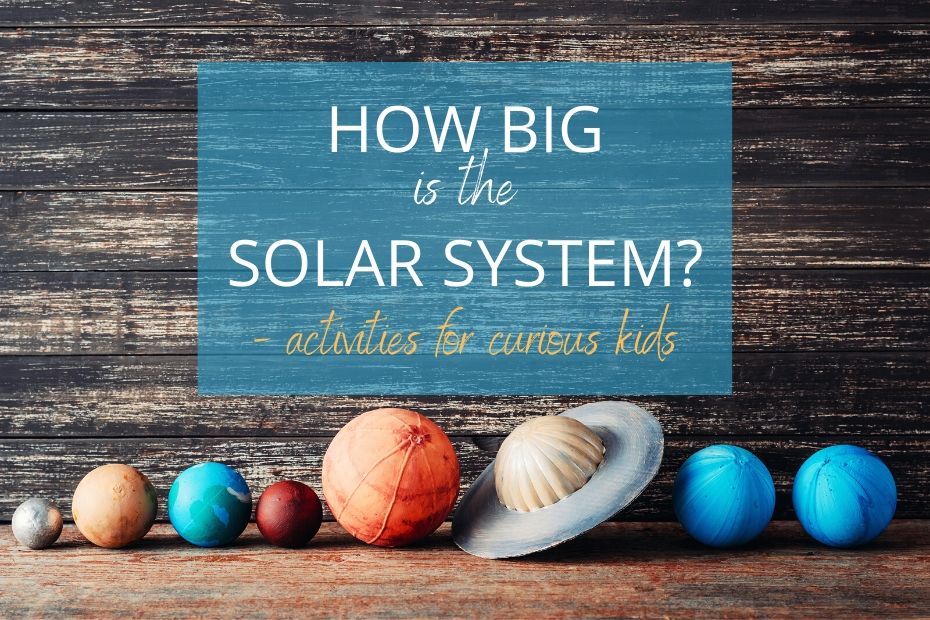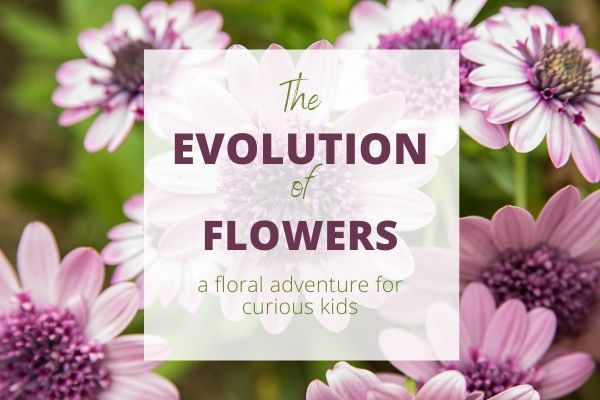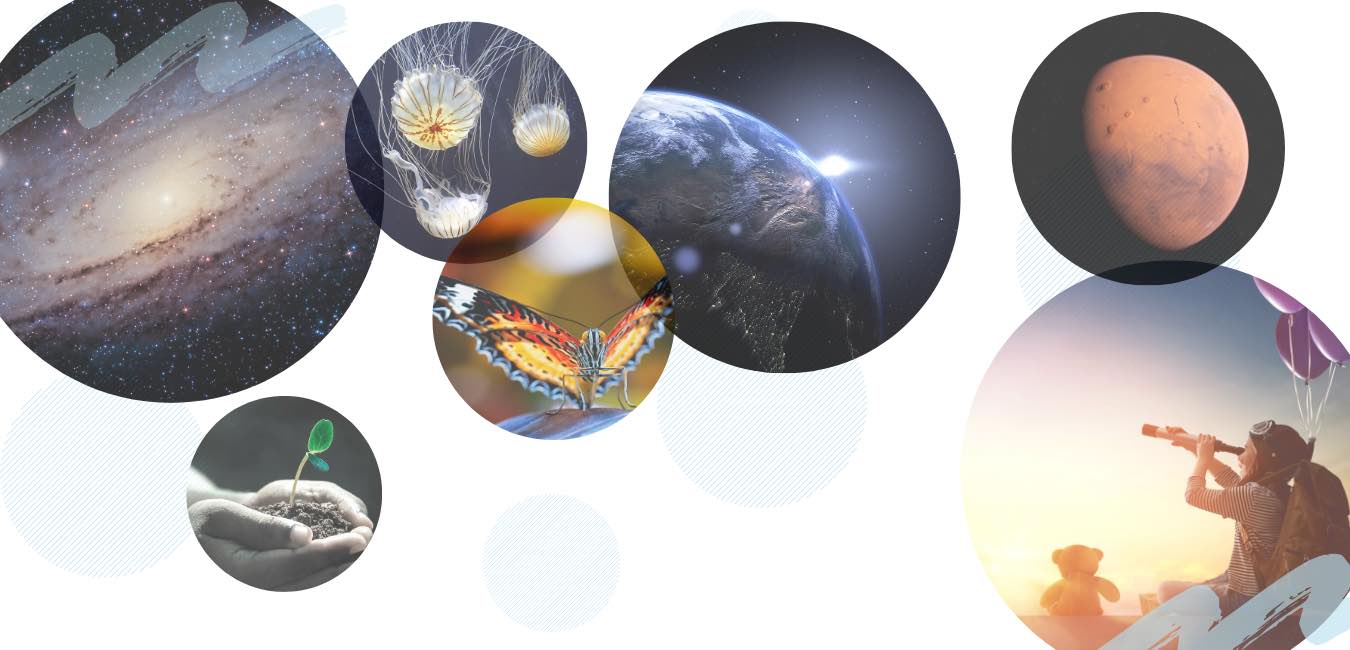
Do you want to cultivate curiosity?
If you are reading this then you are already curious. Hooray!
What about your child?
Do you want to pique their curiosity?
Or are they already a fountain of boundless questions, eager to learn about the world around them?
If they are anything like mine then they are not satisfied with simple explanations. They want to delve deep, constantly asking “why?”.
Sometimes it is not easy to answer their questions. Sometimes we don’t have the time, knowledge or resources to do them justice. But, at the same time, you don’t want them to lose their curiosity while they are developing the skills to discover answers for themselves.
You want to cultivate their curiosity.
And I want to help you.
Pale Blue Marbles is a community for parents like you who want to develop their child’s love of learning and cultivate their curiosity.
Cultivating your child’s curiosity with astrobiology
Children are curious about most things but space, in particular, fascinates them.
And rightly so.
Who hasn’t looked up at the stars and felt awe at the vastness of space or wondered if we are alone in the Universe? It is a humbling experience and we are incredibly lucky to even realise it.
What’s even luckier is that we have a wealth of knowledge about the Universe, and the means to share it, for free, with anyone who wants to learn!
Astrobiology is the fascinating study of life in the Universe. It is a wonderful subject for cultivating curiosity in kids. The discoveries from astrobiology will be so profound that children will one day learn astrobiology before their ABCs!
Learning astrobiology will take your child’s mind on a journey from the Earth to the edges of the cosmos, on a quest of discovery and imagination:
- Where did our atoms come from?
- What does life need to thrive in the Universe?
- How many stars are there?
- How big is the Solar System?
- Why is DNA so amazing?
- Are there other planets like ours out there?
- What kinds of life could they have?
- How did life on Earth evolve?
- Can we travel back in time?
- Will we live on Mars one day?
- Can viruses survive in space?
- What is life anyway?
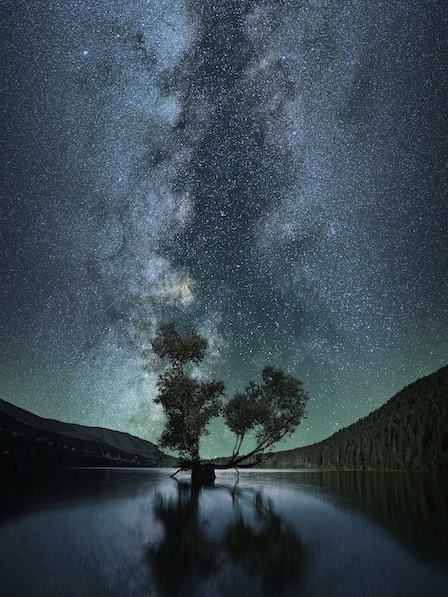
What to expect
I post articles that go deep into astrobiology topics for kids to satisfy the limitless questions of “why?” that stream from your natural little scientist.
You can use these articles however you see fit to cultivate your child’s curiosity and love of learning. They span a wide range of abilities and ages.
It is never too early to introduce complex topics!
To supplement the articles, I also create astrobiology for kids printable activity packs with puzzles, colouring pages, quizzes and worksheets.
Sign up to the email list to get all the printable activity packs I’ve created so far and all future packs.
Sign up to the Pale Blue Marbles email list for your free printable activity packs:
Check out these posts for examples of the astrobiology for kids activities you can do today to cultivate your child’s curiosity:
- Count the stars in the Universe with grains of sand
- Extract DNA from an apple
- Use playdough to learn how atoms are formed inside stars
- Go on a virtual adventure around the globe and visit some of the world’s most famous telescopes
- Create scale models of the planets in our solar system using paper and fruit
- Learn about Mars with these fun hands-on activities
To help you with this I will also blog about my experiences in parenting curious kids and cultivating their curiosity and how to create an environment that encourages learning.
You can also expect random astrobiology-, space- and science-related fun for your own enjoyment!
Join me!
We may be confined to our homes right now but our minds are still free to roam the Universe.
Follow me on social media >>
Sign up to the Pale Blue Marbles email list >>
Let’s build a community and cultivate our children’s curiosity together!
Who am I?
My name is Gemma Danks. I am a scientist, programmer, machine learning consultant, writer and mother of two children aged ten and twelve.
I have a Ph.D. in complex systems and studied biology, maths, physics and astronomy during my undergraduate degree.
I spent over twelve years in academia where my research took me into diverse fields of study including marine mammal biology, computational biology, protein folding, artificial life, complex systems analysis, plant biology, genomics, marine molecular developmental biology and RNA biology. You can read more about my research here.
Originally from England, I spent twelve years in Norway and am now back in the UK as a senior consultant in artificial intelligence, machine learning and data engineering. You can read more about my work in machine learning here.
Inspired by my curious children
The inspiration for Pale Blue Marbles came from homeschooling my two young children during the COVID-19 pandemic. The way their eyes lit up, their smiles, their questions and their enthusiasm for learning filled my days under a nationwide lockdown with joy.
My mission is to spread that joy, and help cultivate curiosity, as far as possible at a time when we are most isolated from the world. I hope it will grow and inspire parents and children far into the future.
Where did the name come from?
The name Pale Blue Marbles reflects our search for other habitable worlds and is an amalgamation of the names of two famous photographs of our home planet: The Pale Blue Dot and The Blue Marble.


Latest posts
10 Ways to Celebrate Earth Day With Your Child
Astrobiology’s Marvellous Molecules (#MoleculeMonday)
#CountdownToMars with Daily Mars Activities for Kids
10 Facts about Mars (with 6 activities for curious kids)
How big is the Solar System? Big, really big…
The evolution of flowers: a floral adventure for curious kids
